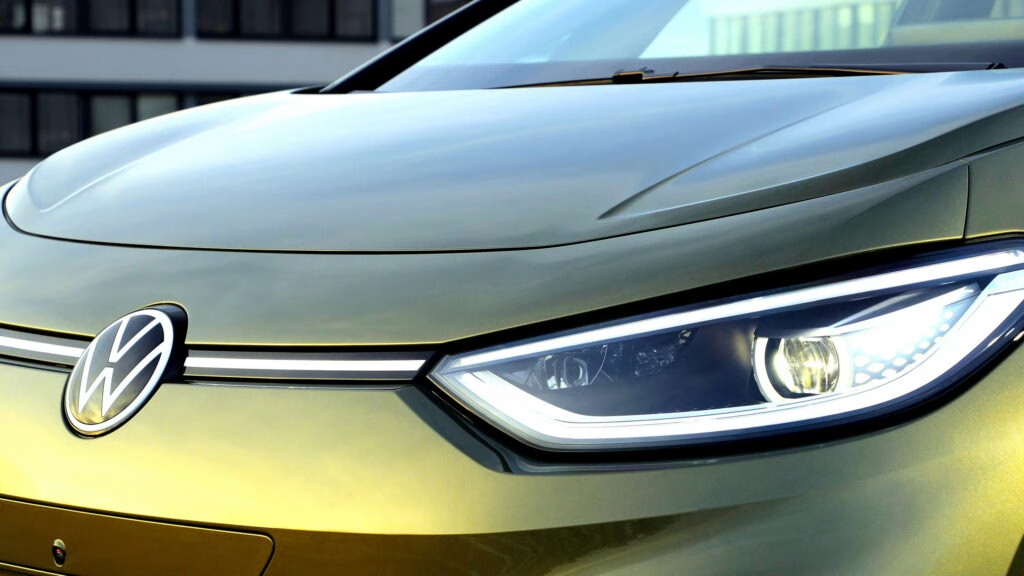How Much Range Do Electric Cars Really Lose Over Time?
If you’re thinking about going electric, you’ve probably wondered: how fast does an EV battery lose its range? It’s a fair question—after all, nobody wants to invest in a car that’s going to leave them stranded after a few years. But a recent long-term test with a Volkswagen ID.3 might just put your mind at ease.
ADAC, the German equivalent of AAA, put a VW ID.3 Pro S Tour through its paces for four years and over 107,000 miles (that’s 172,000 kilometers, if you’re counting). The result? The car lost just eight miles of real-world range—about 9 percent of its original capacity. Not exactly the horror story some skeptics expect.
What Happens to Battery Health After 100,000 Miles?
You might assume that after 100,000 miles, an EV battery would be on its last legs. But the ID.3’s battery told a different story. When new, the car delivered 272 miles of real-world range. Four years and countless road trips later, it still managed 264 miles before needing a charge.
Here’s where it gets interesting: the ADAC team didn’t baby the car. They charged it to 100 percent almost every time, often left it fully charged for days, and generally ignored the usual advice about maximizing battery life. Despite this, the battery’s health only dropped to 91 percent after all those miles. For context, Volkswagen’s warranty only kicks in if battery health falls below 70 percent within eight years or 100,000 miles—so this car was still well above the threshold.
Can Software Updates Really Make a Difference?
Absolutely. One of the most surprising findings from the test was how much a simple software update improved the car’s efficiency and charging speed. After the update, the ID.3’s efficiency jumped from 3.11 mi/kWh to 3.4 mi/kWh. That’s not just a number on a spec sheet—it means more miles from every charge, even as the battery ages.
Charging speed got a boost, too. Before the update, the car maxed out at 125 kW when fast charging. Afterward, it could handle 160 kW, shaving a couple of minutes off the time it took to go from 10 to 80 percent charge. For anyone who’s ever waited at a charging station, that’s a real-world improvement you’ll notice.
Is Buying a Used EV a Risky Move?
With numbers like these, buying a used EV—especially a VW ID.3—looks a lot less risky than many people fear. Even after years of use and less-than-ideal charging habits, the battery held up impressively well. Martin Sander, a member of Volkswagen’s Board of Management, summed it up: a high battery capacity after 172,000 kilometers means these cars are still attractive as used vehicles.
It’s not just Volkswagen, either. Recent research from the International Council on Clean Transportation found that most modern EV batteries retain at least 80 percent of their original capacity after 100,000 miles. And as battery tech keeps improving, those numbers are likely to get even better.
What Can You Do to Maximize Your EV’s Battery Life?
Sure, the ID.3 survived some rough treatment, but that doesn’t mean you should ignore best practices. If you want your EV battery to last as long as possible, try these tips:
– Avoid charging to 100 percent unless you need the full range for a trip.
– Don’t leave the car sitting fully charged for days on end.
– Keep up with software updates—manufacturers are constantly finding ways to improve efficiency and battery management.
– Use fast charging sparingly if possible, especially in extreme heat.
That said, don’t stress if you occasionally break these rules. Modern batteries are tough, and the real-world data is starting to reflect that.
The Big Takeaway? EV Longevity Isn’t About Perfection—It’s About Smarter Adjustments
If you’re on the fence about electric cars because of battery worries, the evidence is stacking up in your favor. Today’s EVs, like the VW ID.3, are proving that range loss is far less dramatic than many expect—even with heavy use. The secret sauce? Smarter software, robust engineering, and a little bit of common sense.
Start with one change this week—maybe update your car’s software or tweak your charging habits—and you’ll likely spot the difference by month’s end. The result? More miles, less stress, and a smoother road ahead.

